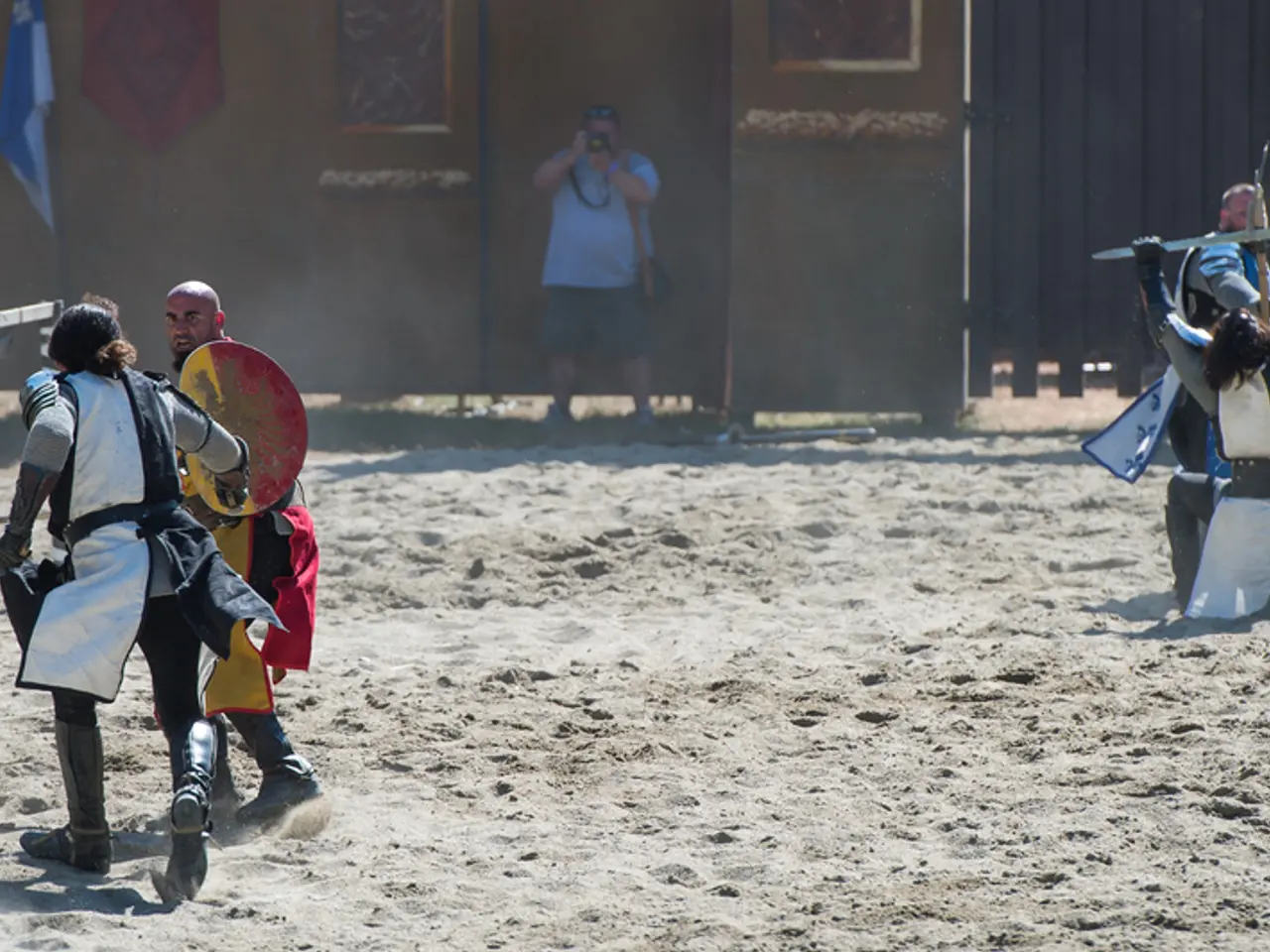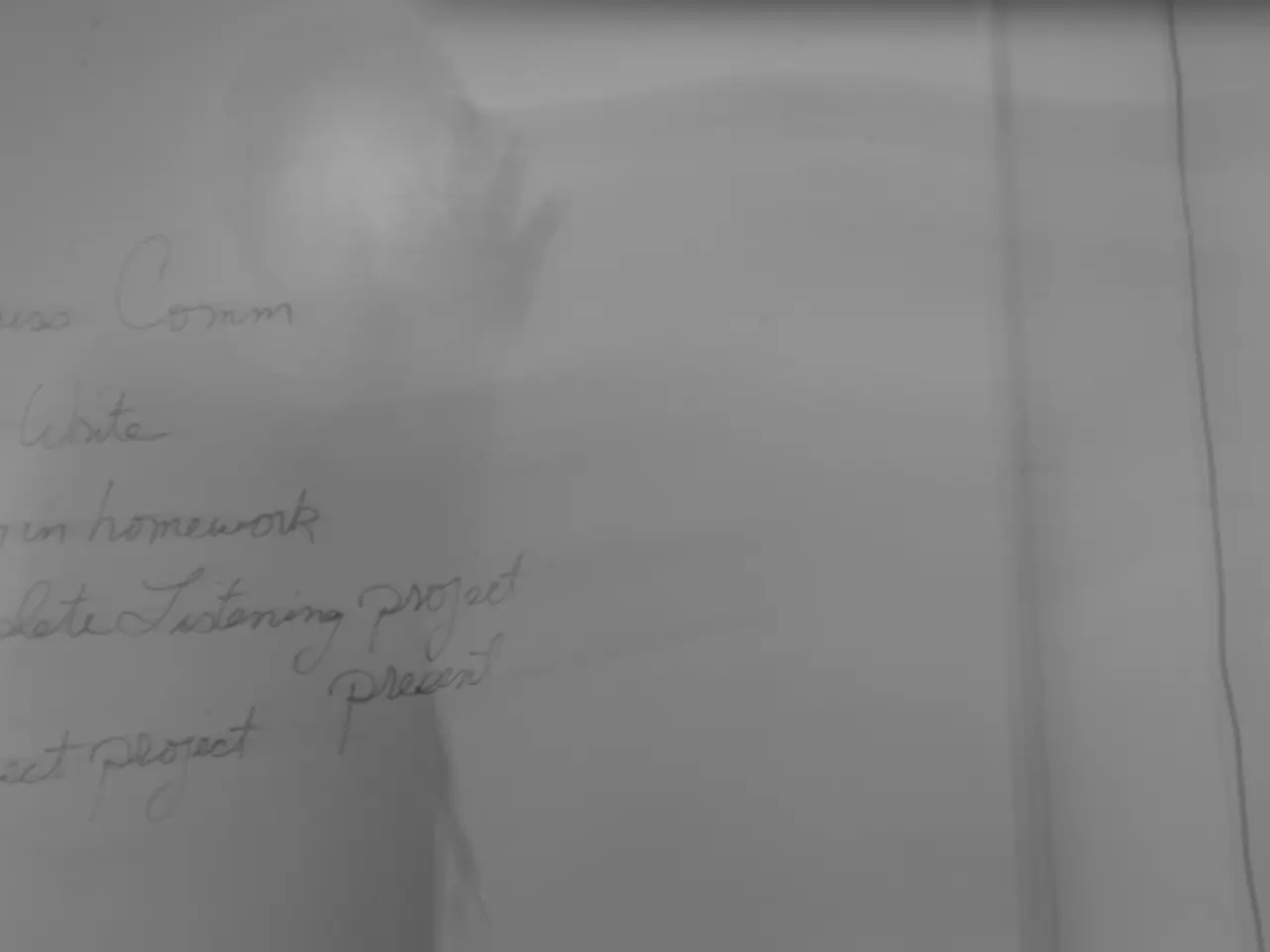Historical Reminders for July 29th
The year was 1981, and the world watched in awe as Prince Charles and Lady Diana Spencer exchanged vows at St. Paul’s Cathedral in London. The event, often referred to as the "wedding of the century," was a grand spectacle of ceremony and public joy, marked by an orgy of pageantry, including a 25ft long train on Diana's dress[2][4].
The occasion was a significant event to lift Britain's spirits during a grim summer. Unemployment figures were soaring, inner cities were ablaze, and Margaret Thatcher's popularity was low[5]. Yet, the wedding brought a moment of national unity and celebration, with more than half a million people gathering in London to cheer the newlyweds[3].
However, beneath the fairy-tale appearance and widespread public adoration, the underlying circumstances were more complex. Prince Charles was reportedly still emotionally attached to his former lover Camilla Parker Bowles at the time of the wedding[1][3][5]. According to insiders, Charles cried the night before marrying Diana, indicating emotional turmoil. The marriage faced challenges from the start due to this love triangle, and Diana herself later referenced the difficult situation by saying, "There were three of us in this marriage"[1][3][5].
This wedding, while a grand spectacle of ceremony and public joy, occurred amid personal tensions and complicated emotions that foreshadowed future difficulties in the marriage.
Meanwhile, in history, July 29 has been a significant date for other notable events. In 29 AD, Roman emperors Pupienus and Balbinus were killed by mutinous Praetorian Guards in the imperial palace[6]. In 1612, Jennet Preston was executed for witchcraft in York, England[7]. And in 1890, Vincent Van Gogh, a Dutch post-impressionist painter, died at Auvers-sur-Oise near Paris[8]. On this same day in 1763, Philip Charles Durham, who would later become a Scottish admiral, was born in Largo, Fife[9].
References: 1. https://www.history.com/news/diana-princess-of-wales-wedding-anniversary 2. https://www.bbc.co.uk/news/uk-46858713 3. https://www.theguardian.com/uk/2011/jul/28/diana-princess-of-wales-wedding-30-years 4. https://www.historyextra.com/period/modern-world/princess-dianas-wedding-day-1981-how-it-happened/ 5. https://www.independent.co.uk/news/uk/home-news/diana-princess-of-wales-wedding-30th-anniversary-royal-wedding-1981-prince-charles-diana-spencer-b2068515.html 6. https://www.britannica.com/event/Death-of-Pupienus-and-Balbinus 7. https://www.britannica.com/event/Execution-of-Jennet-Preston 8. https://www.britannica.com/biography/Vincent-van-Gogh 9. https://www.britannica.com/biography/Philip-Charles-Durham
Politics during that time was marred by high unemployment and urban unrest, as reflected in Margaret Thatcher's dwindling popularity. Meanwhile, the general-news of the year included significant historical events, such as the weddings of Prince Charles and Lady Diana Spencer, the deaths of Roman emperors Pupienus and Balbinus, the execution of Jennet Preston for witchcraft, and the death of Vincent Van Gogh.






